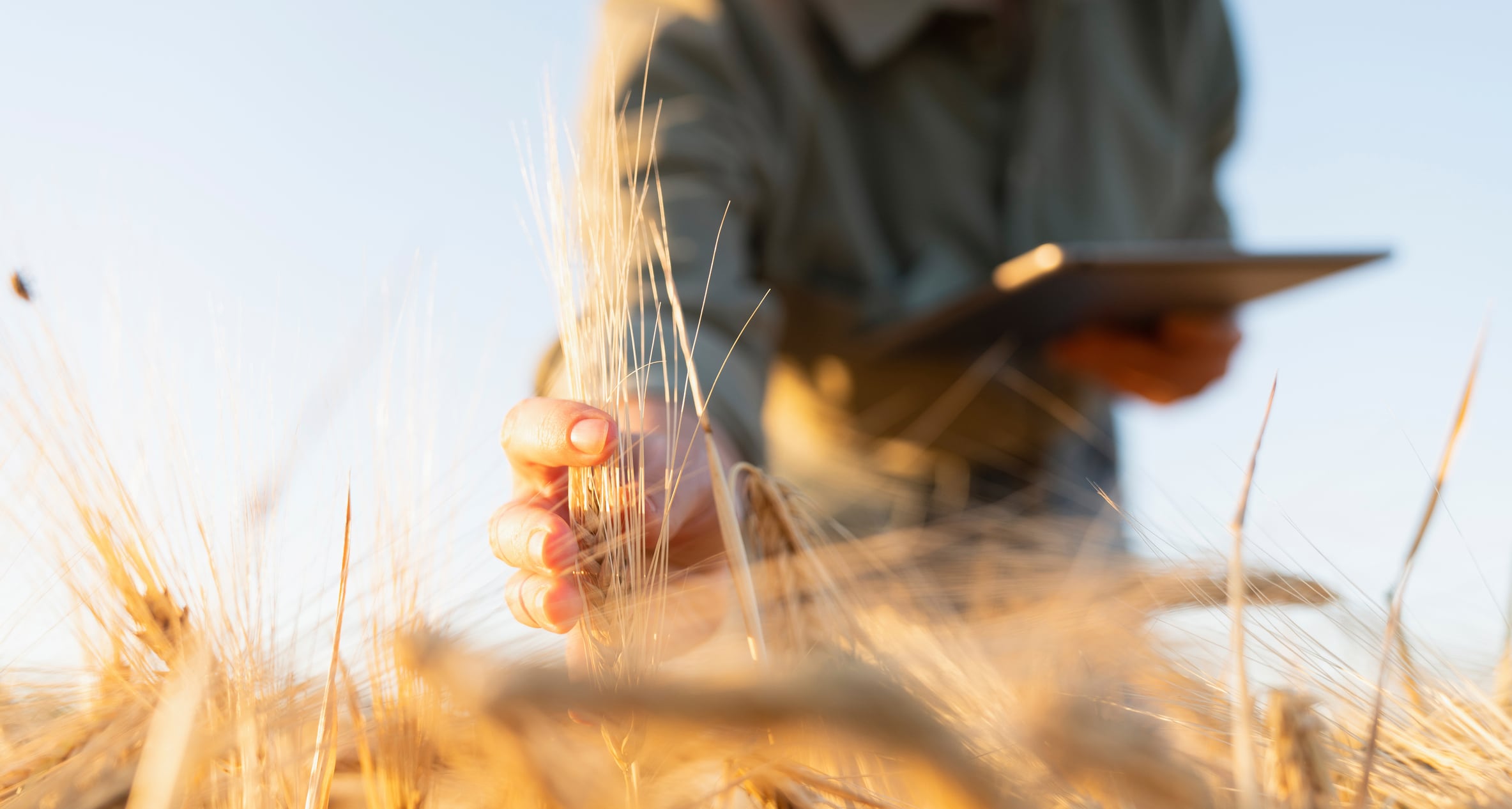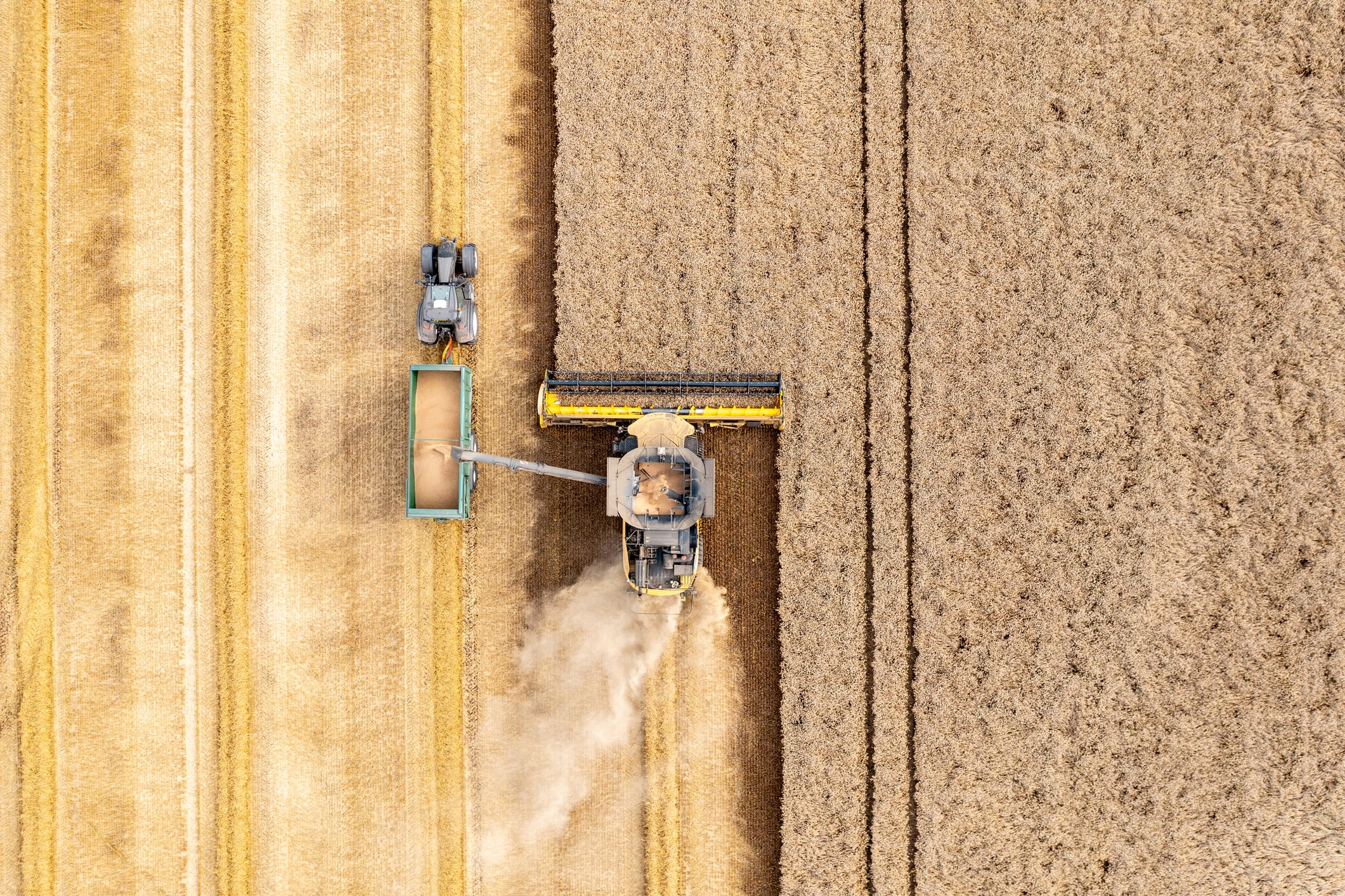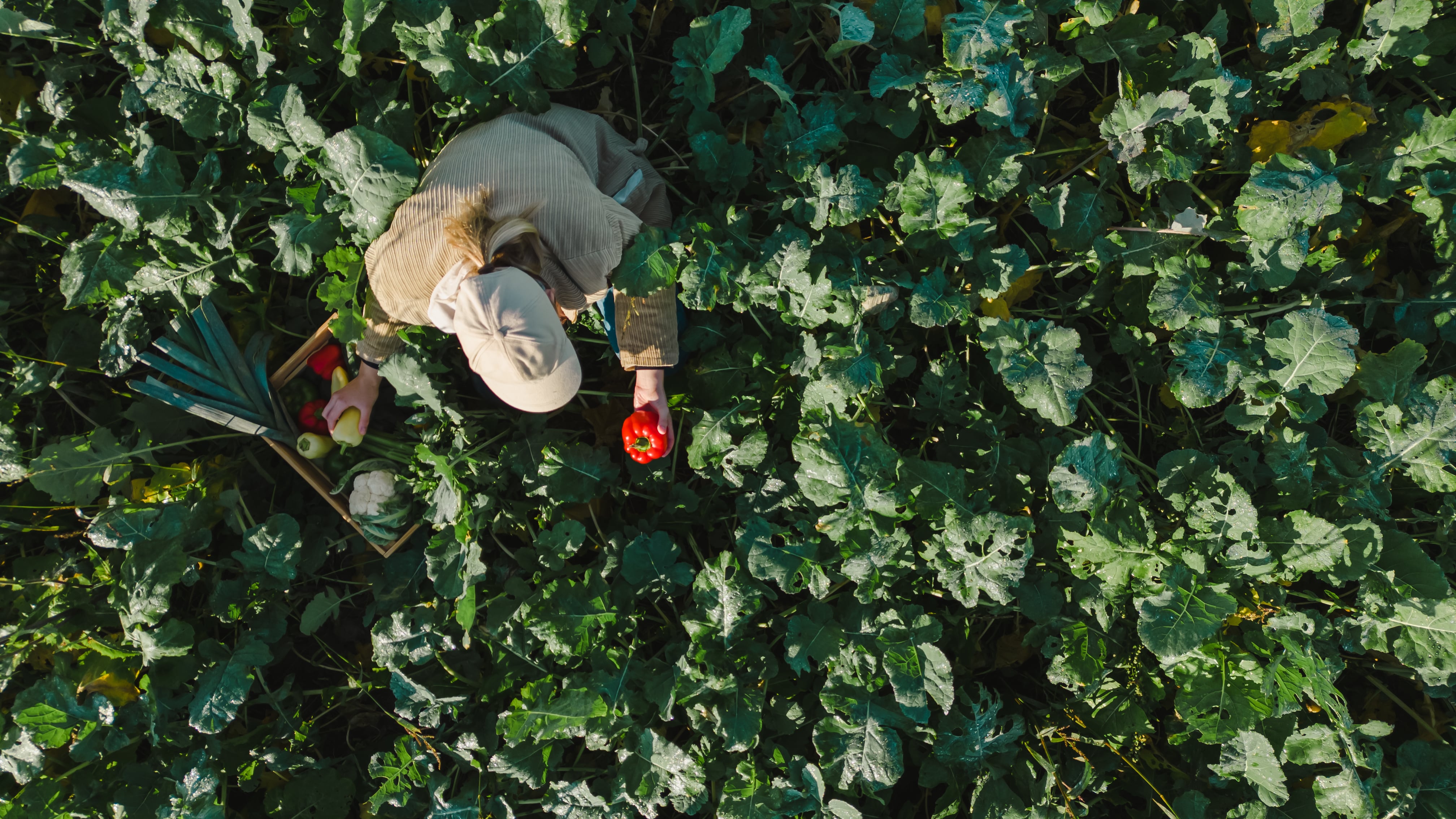British agtech has not had many success stories of late. While the country remains one of the top countries for investment, big exits for early-stage investors have been few and far between.
“The main problem,” says Charles Veys, founder of Fotenix, “is there’s a great environment for grant funding to develop technology but there isn’t support for the adoption.”
Fotenix – an AI-powered agricultural diagnostics company offering multispectral imaging cameras for the early detection of disease and pests – wants to overcome that problem. This summer it raised £2.1m and while it has built slowly since its start in 2016, Veys believes now is the time to kick on, in large part due to the UK’s introduction of a new grants scheme that makes it easier for farmers to try out new agricultural technologies.
ATN: Tell us about Fotenix.
CV: Fotenix is about decision intelligence on farms, putting cameras into primary production to find events on farms quicker, cheaper, and help target resources.
We mostly work with controlled environment agriculture, growing premium crops like lettuce, tomatoes, peppers, cucumbers, those kinds of things.
It’s not yet very suited to wheat, oil seeds, potatoes, things out in the field. If something is wrong in those fields, the farmer is not going to do anything about it due to the amount of diesel and the labour cost it takes.
ATN: Why did Fotenix start?
When I first started, I was doing a doctorate trying to create this for the developing world. It was this idea that we could diagnose diseases for farmers who had less agronomic knowledge. I didn’t realize how much it still hadn’t been applied in the developed world.
ATN: What’s the business model? Is it just software or hardware as well?
We have a combination of software and hardware that we package into a service. We basically say we will detect this problem over 24 months and if doesn’t work, you don’t pay.
The return on investment is much quicker because you don’t need to pay to get the equipment installed.
ATN: Why do you need AI to tell you there’s a pest outbreak?
The short answer is we don’t wait until it’s visible. A good example is there are often pests that are either under the plant or burrow into the leaves, or diseases that are stressing the plant but don’t exhibit any visible symptoms till much later on.
You need AI because if the grower buys different seeds or there’s a slightly different temperature range, then that tomato will look a bit different anyway. We use the AI to be able to accommodate that difference.
ATN: How many clients do you have now?
About between 50 and 60 companies, many of whom have multiple farms.
ATN: How’s the business model evolved over time?
We started off working with breeders, Bayer and BASF. We were helping them find resistant varieties. They would deliberately infect different genetic variations and then use our cameras to grade them. It meant that rather than waiting six weeks to find out which of the new seed lines were resistant to disease, they could do it in six days.
We then realized we could push that out to the growers, which became the focus, mostly in Europe and the US west coast.
ATN: Why did you raise the £2m this year?
The main focus was about scaling the product market fit with horticulture and showing that the company is a technology scalable offer, not just a cool consulting company that can work with those that can afford it.
We wanted to look at a big scale rather than high value, low number of clients by reducing our threshold for who we’d work with. We used to say no to a lot of growers because they were not big enough. It was a lot of overhead for us to install and so we did a lot of design work to allow us to reduce the barrier.

ATN: What scale do farms need to be?
With glass houses, you’re typically looking at about a few hectares to start off. So it’s not necessarily the scale of the farm, it’s the scale of the installation.
But over the past three months, Defra [the UK’s agriculture department] has launched some new grants that allow farms to derisk the investment. That allow growers to actually commit at a scale. A lot of agritech companies died trying to supply lots of small things to lots of growers across a disparate area.
ATN: So Defra will pay for farmers to adopt agtech like Fotenix?
Yes it’s called the ADOPT scheme. It basically allows farmers to say, ‘I’m having this really big challenge with quality or pest outbreak. I’ve looked at a few companies, and I think that Fotenix can help.’
So they might want to spend £100k over the next two years and see if Fotenix can actually detect things 80% earlier and reduce losses by 20%. It’s a competitive process but Defra will potentially fund 80% of that.
ATN: How significant is that for your income?
It’s something that we and lots of other companies asked for. Bear in mind, there hasn’t yet been a single success story in UK agtech. Not one. There’s been a few trade sales but if you dig into it, most of them were distressed trade sales. There hasn’t been return on investment for early-stage investors.
That is a big red flag. The main problem is there’s a great environment for grant funding to develop technology, but there isn’t support for adoption. And growers don’t have much money. The investors aren’t touching the sector. So there’s a big gap between being able to show something works and being able to scale it.
So it’s good news for us in terms of revenue, but it’s mostly about adoption.
ATN: Who owns the data collected on farms?
All customers own the data they train on, and I believe that’s the expected standard across all agtech providers now. The only difference is the models that we train or build remain our property.
ATN: Where is AI in ag these days? Is there any consensus building on how it’s best deployed?
Initially the big problem was there wasn’t enough data, or the data wasn’t good. Agriculture, traditionally, is bad at collating and organizing data.
There were also business model challenges, especially larger companies trying to own client data, on which there has been quite a big push back.
It’s still got a long way to go. It’s not yet benefited from the latest kind of agentic or large language model advancements, that kind of conversational stuff that can pull in the data and give clear answers on what to do next.
ATN: Anything different in the UK?
We had a big challenge in the UK where a lot of the farms have really poor internet connectivity. So we had a really fast, really responsive, cost effective service, but if we’ve got a site that’s creating terabytes of data and can’t get that data up quick enough, then that’s a big challenge.
We’ve had to spend about two years creating ways of deploying those pipelines to only send small amounts of information back. And that’s huge. I don’t think it was well understood by the telecoms or by people like Defra – the lost opportunity of not having better connectivity in these rural sites.
Fotenix will be participating at the upcoming World Agri-Tech Innovation Summit 2025 in London, where it will be highlighted as part of the University of Manchester Innovation Factory, showcasing its spectral imaging technology combined with AI-powered insights




